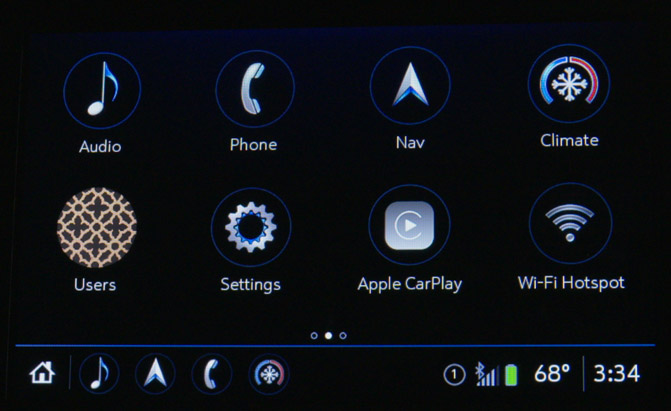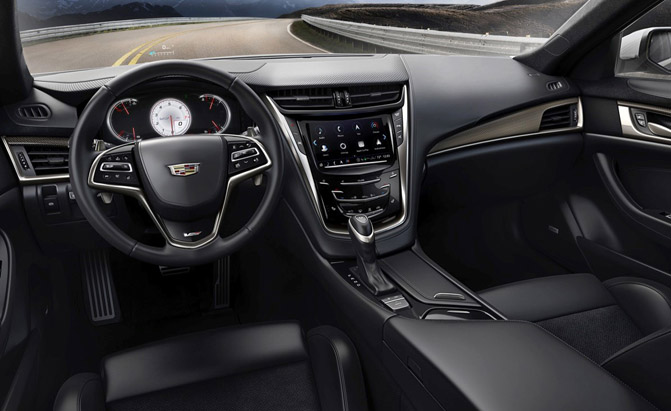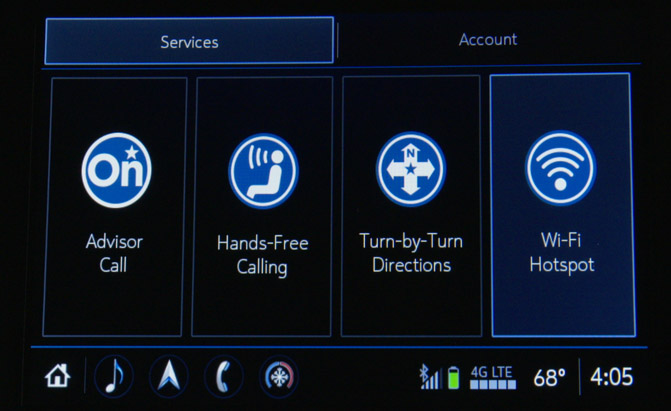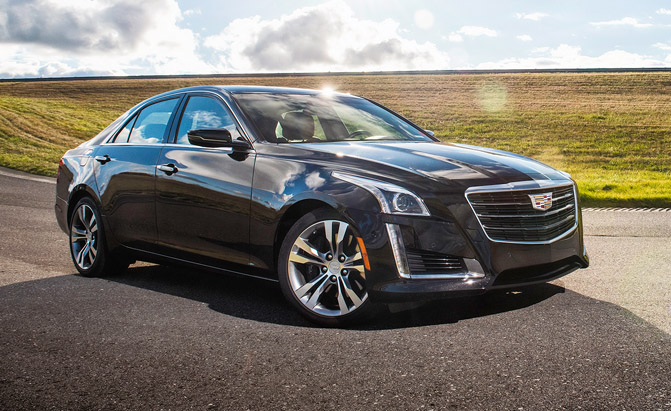Cadillac’s CUE infotainmet system was widely considered to be a dud, something the company is painfully aware of.
“That was not our finest moment,” admitted Brian Ullem, global product head of infotainment at General Motors.
But the luxury automaker’s latest salvo of in-vehicle technology is poised to right these wrongs. “We’re getting away from the name CUE and trying to refocus on the meaning of the system and the experience that it delivers to the customer,” explained Ullem while demonstrating Cadillac’s latest infotainment technology in an interview with
Curiously, unlike practically every rival system on the market today, this one will remain unbranded. “We’re not going to invest in names behind an infotainment system. It’ll become part of the vehicle experience,” said Ullem.
CUE is on the way out, slowly being replaced by the brand’s fresh-faced and un-christened offering, which just launched in the Cadillac CTS. It’s coming to the ATS and XTS sedans later in the year while the brand’s CT6 flagship is slated to receive it in 2018.
Friendly and Familiar
Compared to CUE’s confusing interface, this offering is a breath of fresh air. It provides a few notable features but what sets it apart is its familiarity. “It’s much more like a consumer electronics user interface,” noted Ullem. You can hold down and drag icons around to configure them how you want, swipe between menus and use pinch-to-zoom gestures on the navigation map, all motions that are familiar to smartphone owners.
It also offers something called Summary View, a separate screen that’s somewhat akin to Google Assistant, the internet giant’s digital concierge. For instance, it can show how long it will take to drive home from the office, provide up-to-date weather information and offer quick-access audio controls, all on one easy-to-access screen.
For maximum versatility, Android Auto and Apple CarPlay are also supported. More and more vehicles feature this hand-in-glove smartphone integration, but Ullem said there is still a place for embedded infotainment systems. “There are limits to what the phone integration can do. It doesn’t have the same access to vehicle data that we do.”
Standout Features
Aside from all this, Cadillac’s new infotainment system brings a handful of unique features to market. One headline item is the option of having separate user profiles. Stored in the cloud, these keep track of things like home and work locations, radio presets, navigation preferences and audio settings, with the ability to, for instance, pick up right where you left off in an audiobook. This is great for spouses that share a car or folks that frequently switch vehicles.
ALSO SEE: 2018 Cadillac CT6 Promises to Deliver ‘True Hands-Free Driving’
Like other GM vehicles, Cadillacs can be had with 4G LTE connectivity; this is hardly earth-shattering, nor is in-vehicle wireless internet. “But what is relatively new,” said Ullem, “Is this $20 unlimited [data] plan,” which in a way ties everything together, giving you effortless access to updated maps and real-time fuel prices. You can also stream music or keep your kids entertained with Netflix, without ever worrying about an overage charge.
Data is purchased through OnStar as a mobile hotspot plan. For better or worse, depending on your location, AT&T provides the connectivity.
Updatability is another area that could set Cadillac’s latest infotainment system apart from the pack. Its goal is to provide frequent software enhancements, even on a quarterly basis, not annually like they’ve been doing. Ullem noted, “I think we’ve got a roadmap… that’s fairly aggressive to be able to touch not only all of the capabilities in the radio but other parts of the vehicle as well to leverage that data pipe.”
Nuts and Bolts
Cleanly breaking with the past Ullem said, “It’s a completely different platform on a completely different operating system on a completely different combination of hardware.” Backward compatibility with CUE is, not surprisingly, unavailable. Google’s worryingly ubiquitous Android operating system serves as the foundation for this technology, providing numerous benefits.
And arguably the most important is how easy it should be to create apps that run on the system. Catering to folks that code for a living, Cadillac has released a software development kit that provides access to some 400 vehicle elements. This will allow developers to do some neat things in the future.
Unlike consumer-electronics companies, Cadillac is not hyping feeds and speeds. “There’s certain automotive OEMs that talk about having a dual- or quad-core, octa-core processor, we don’t talk about the horsepower inside the vehicle,” said Ullem. He acknowledged that their technology must be fast, provide low latency and be upgradable, but processing power is not something they’re going to trumpet.
Keeping it reasonably future proof, Cadillac’s next-generation infotainment system should be no slouch. Ullem added, “This is a beefy set of hardware to be able to accommodate all of those functions.”
CUE in the Rear-VUE
With its new unnamed infotainment system, GM’s luxury division is rapidly putting CUE in the . After an admittedly short time with it, this fresh technology seems to respond readily to inputs, exhibiting no obvious lag. The interface is elegant and obvious, which is a breath of fresh air in the automotive space where sloppy and slow are all too common. Look for this updated experience to spread across the Cadillac range soon.












